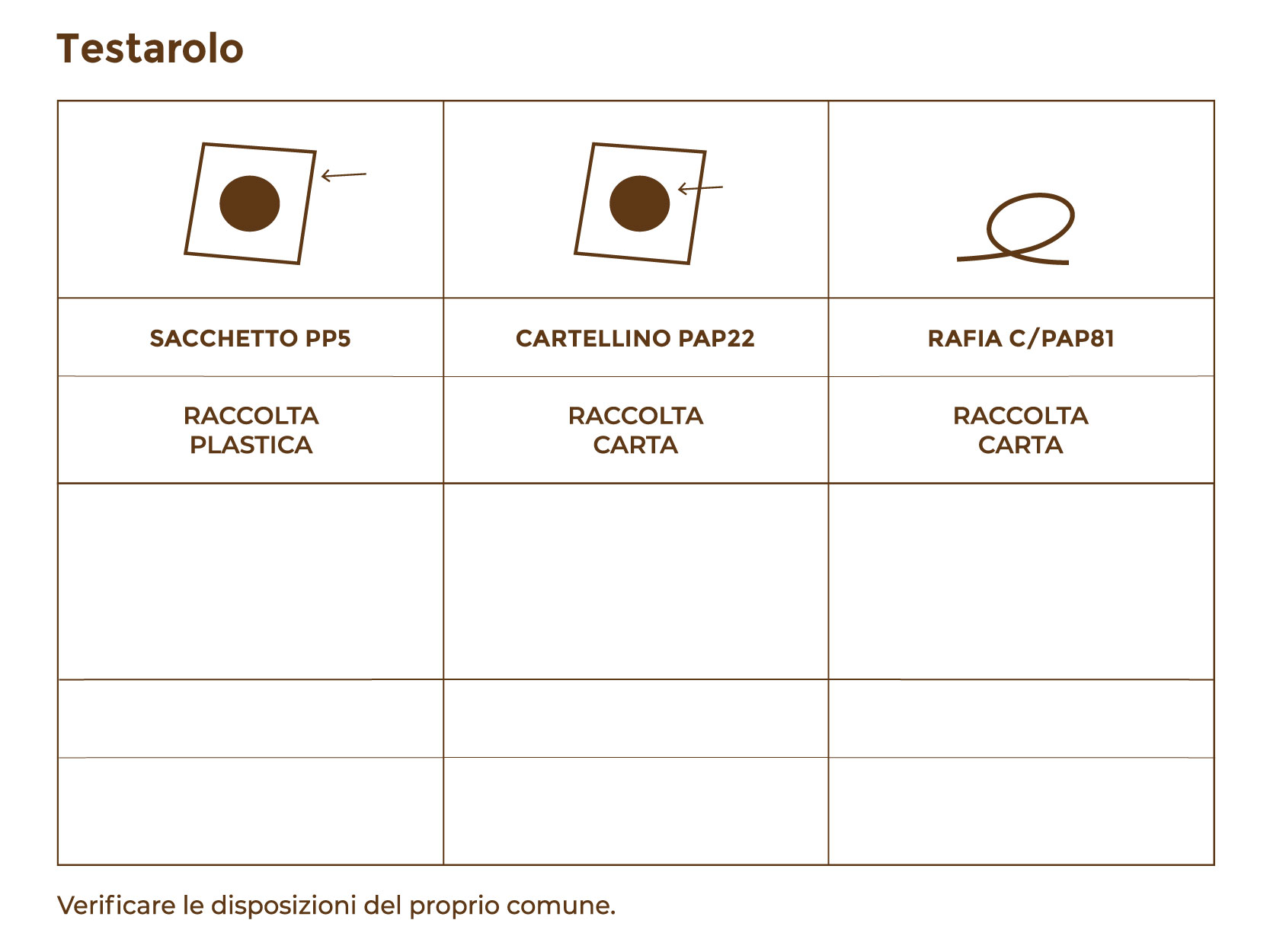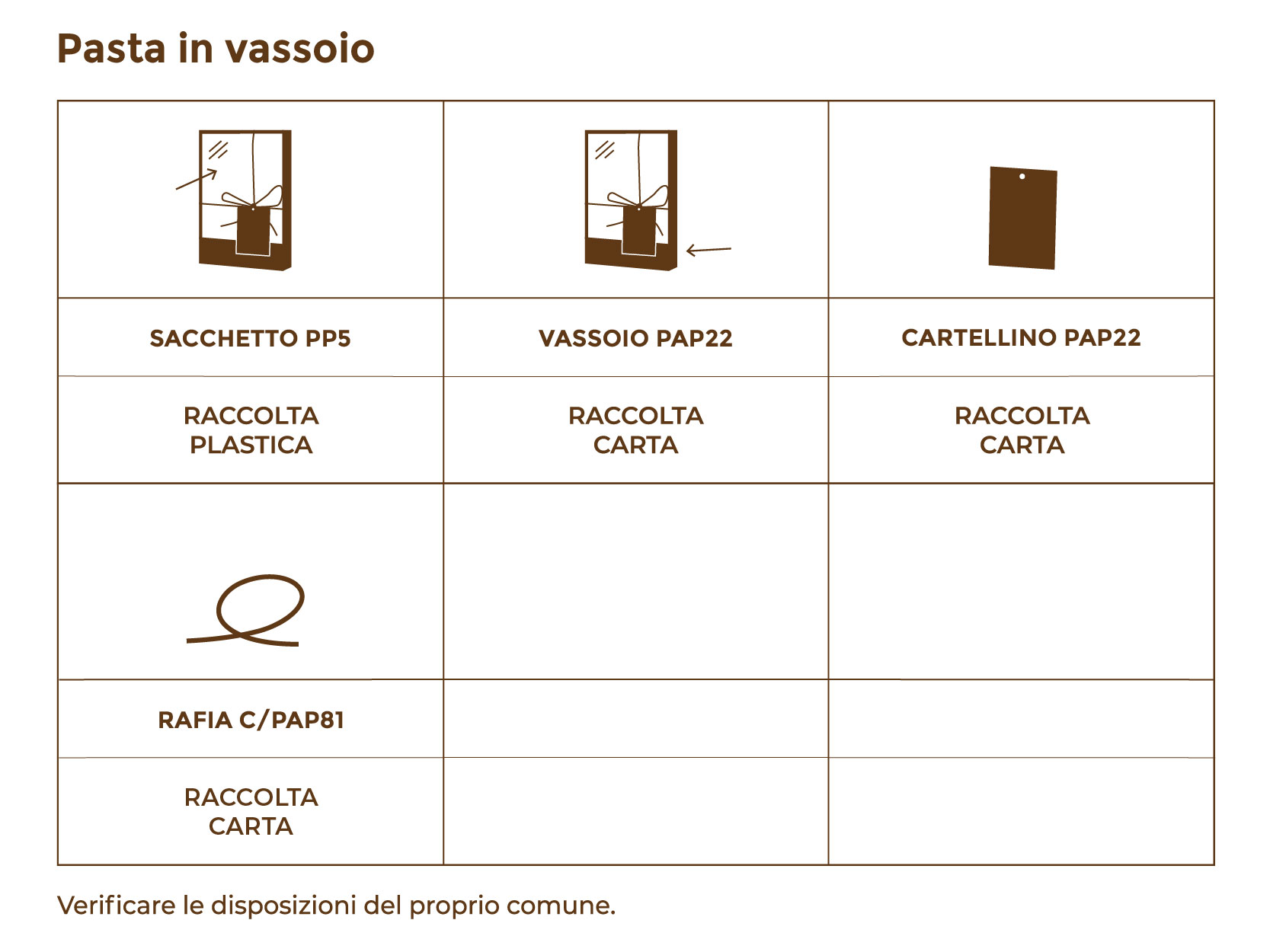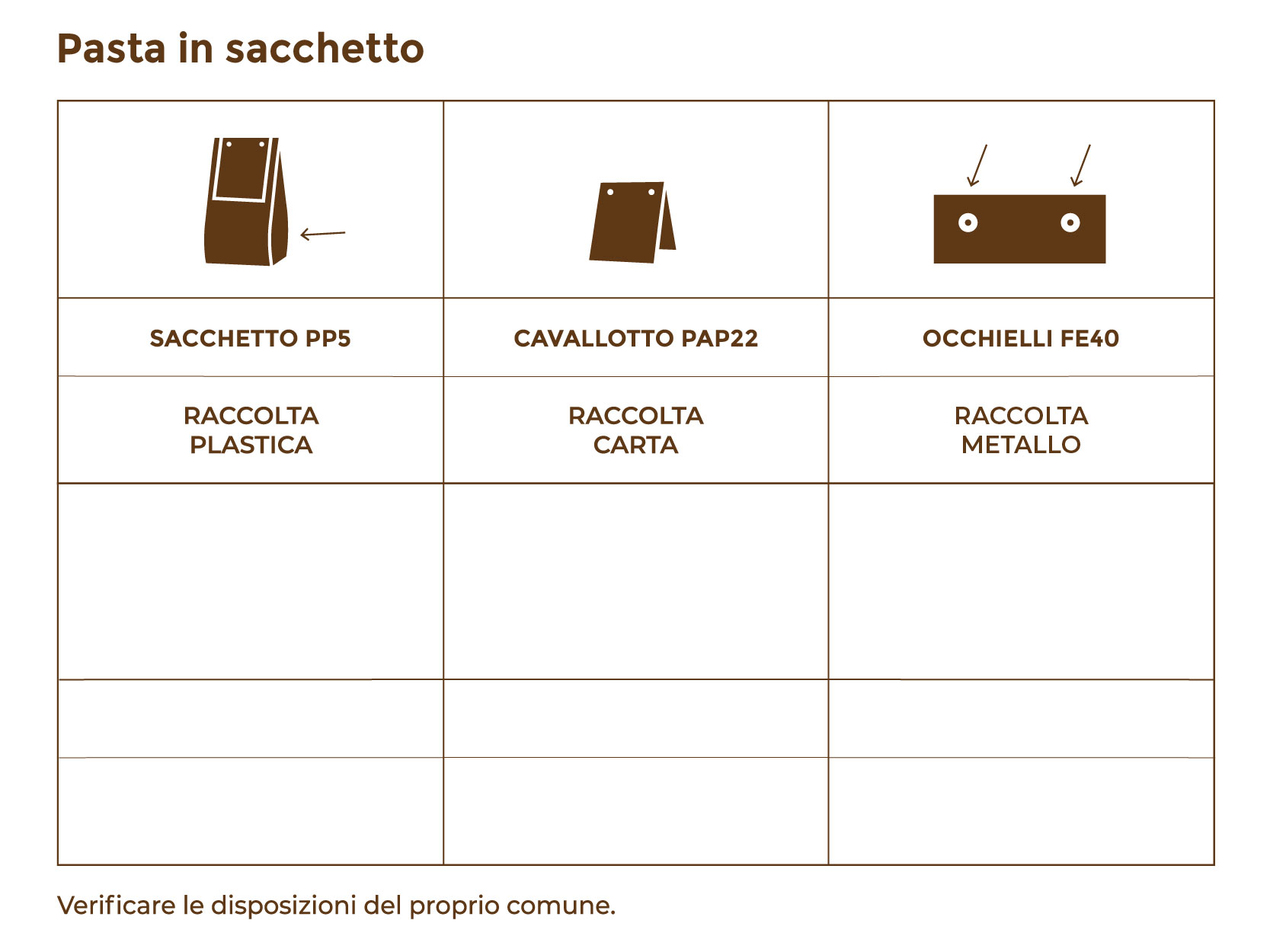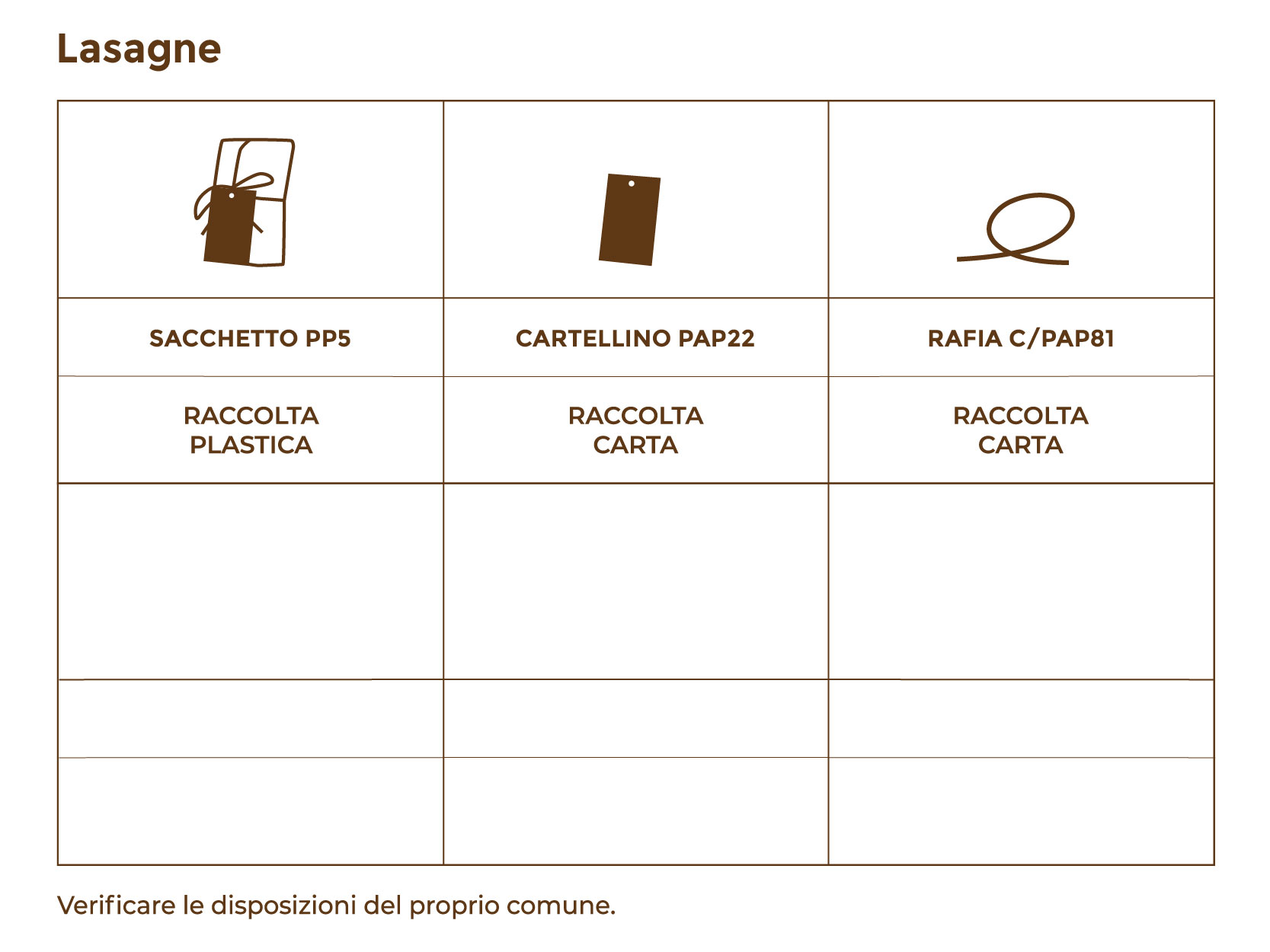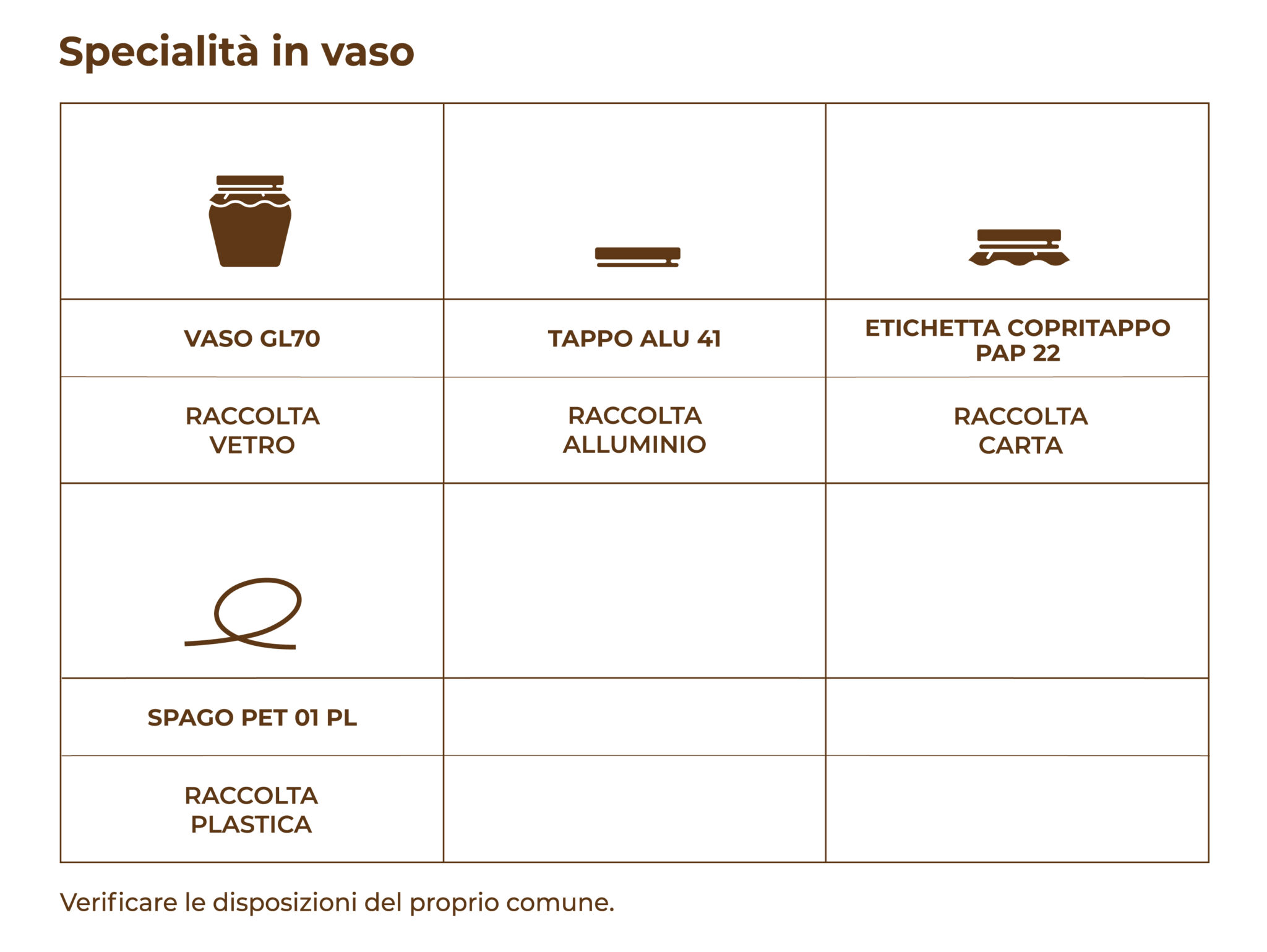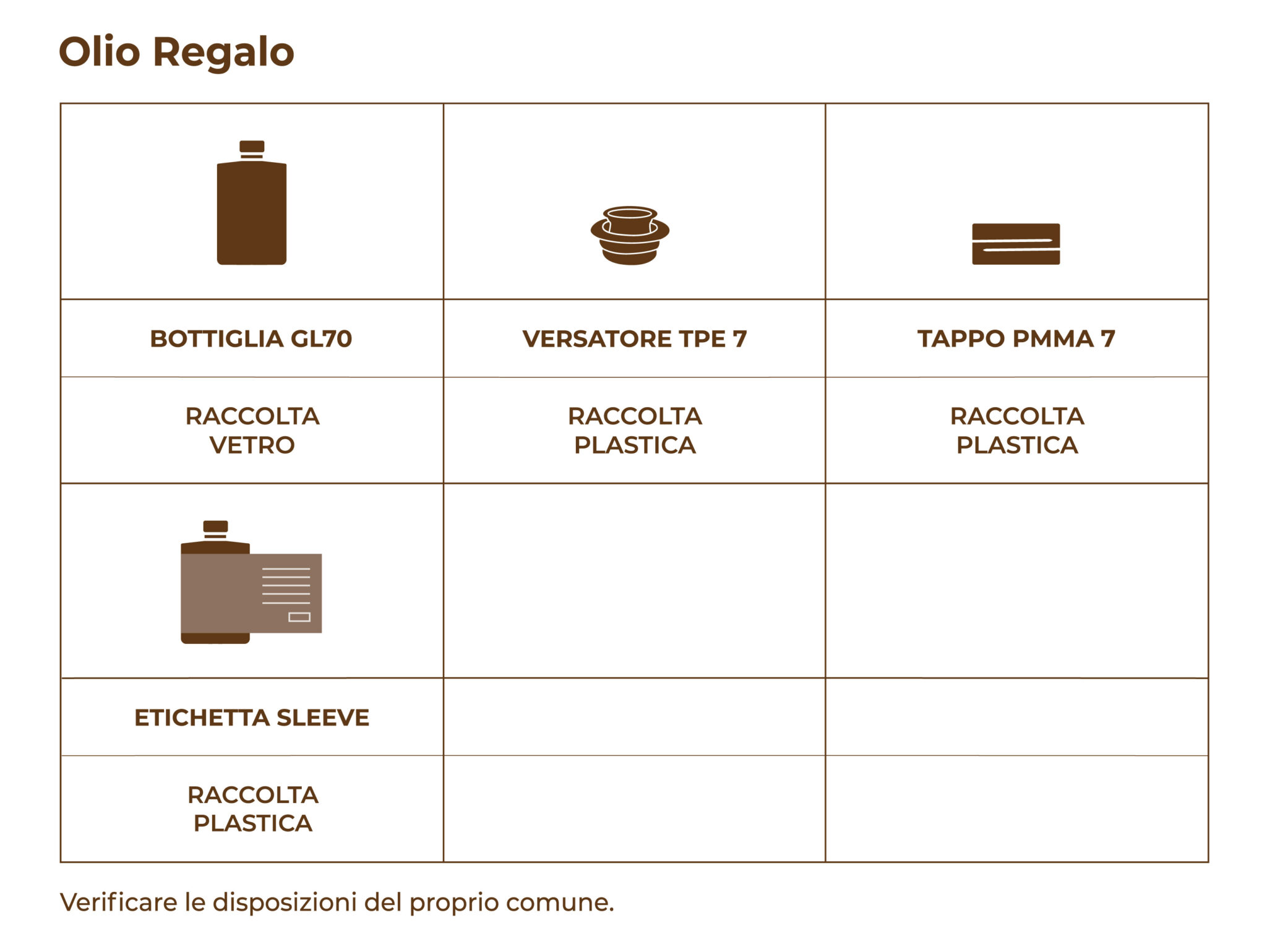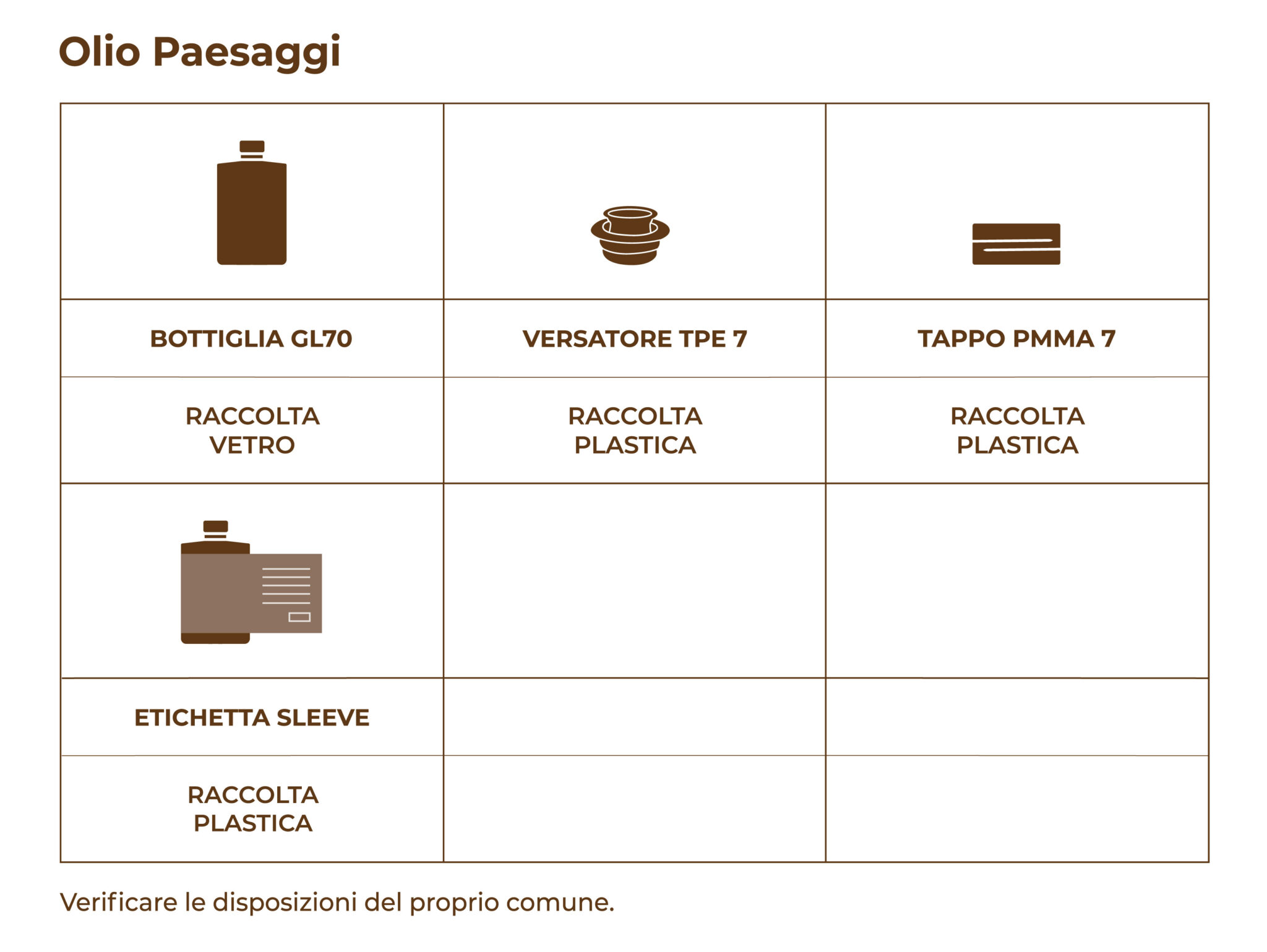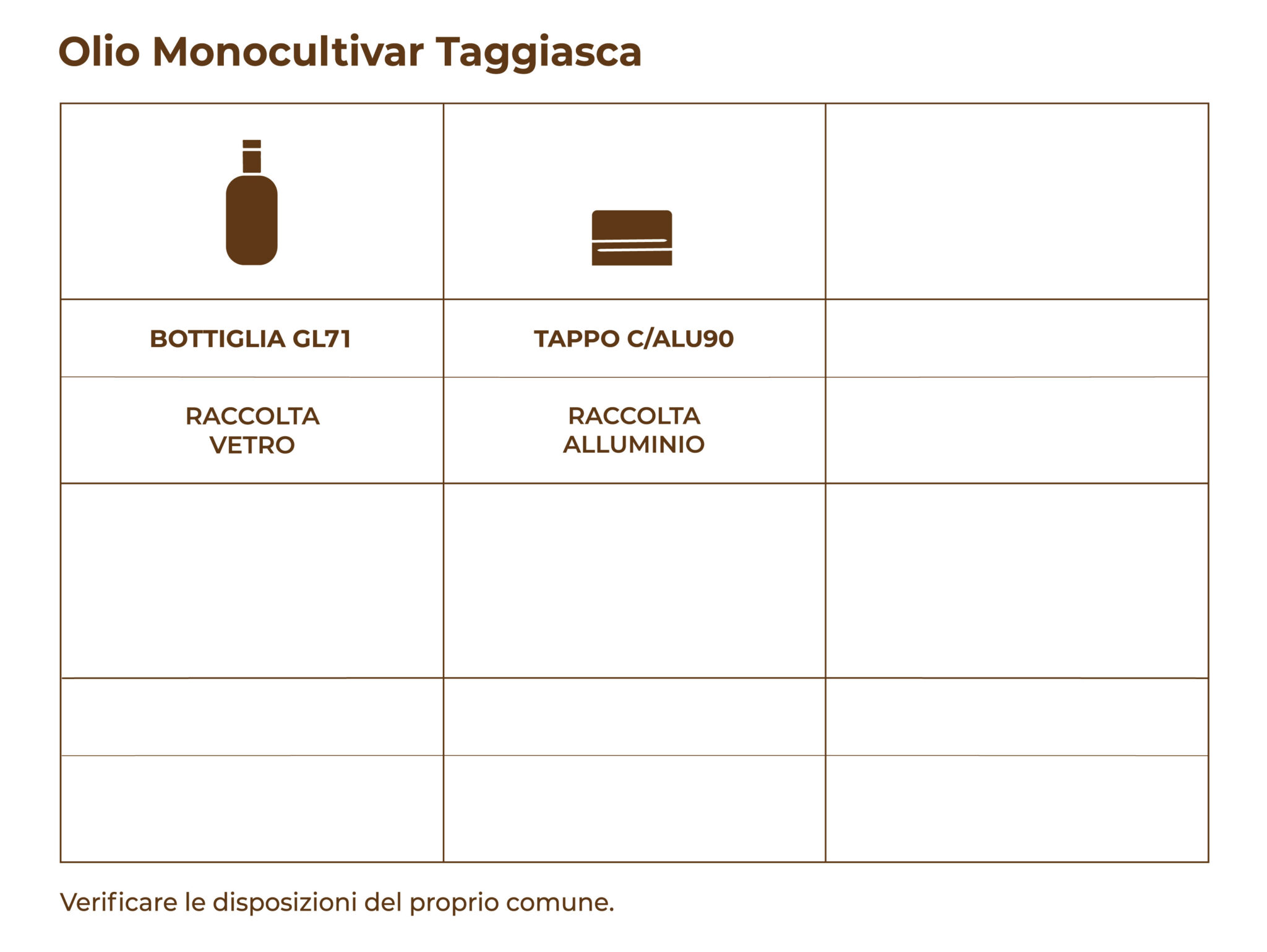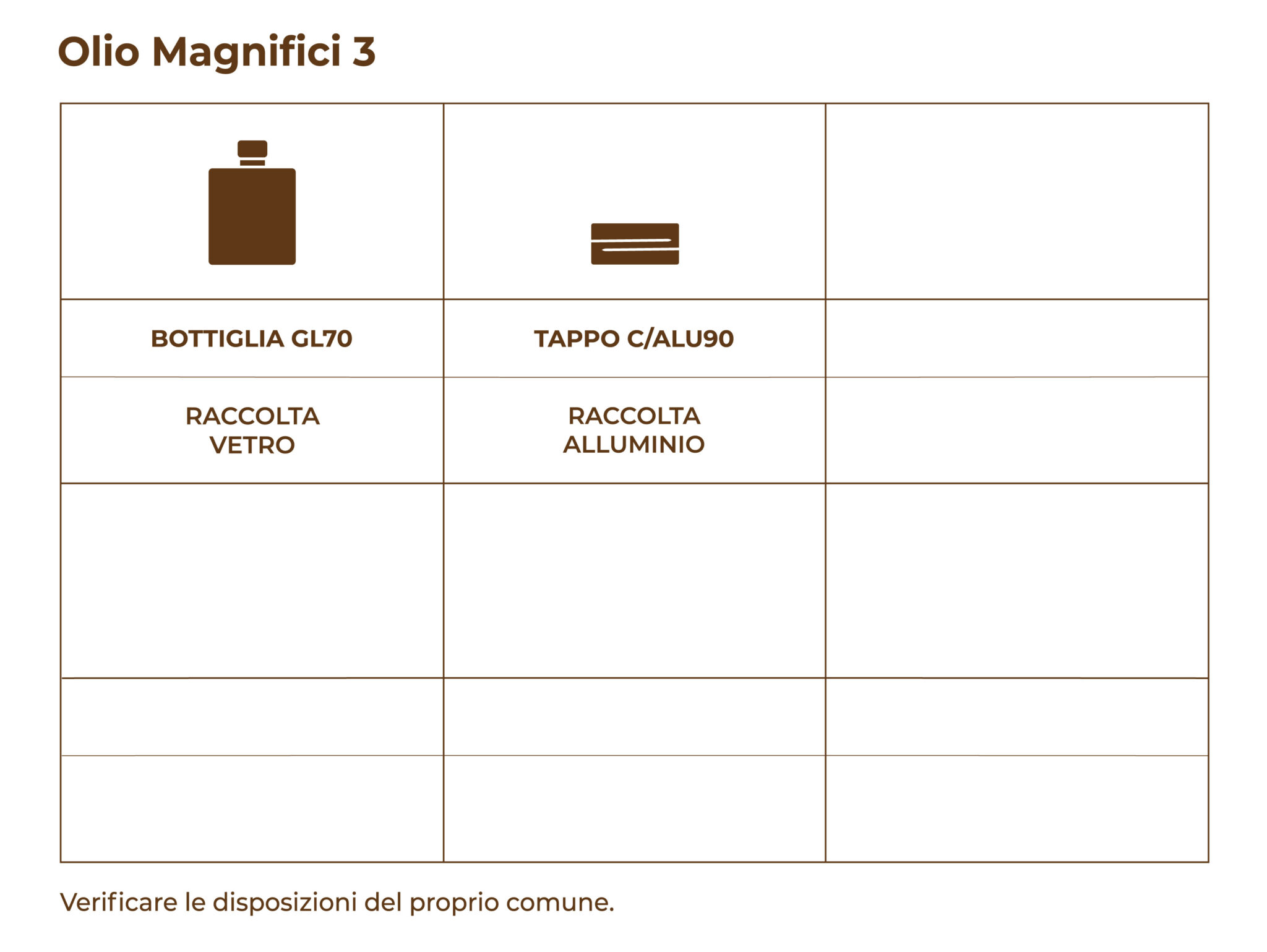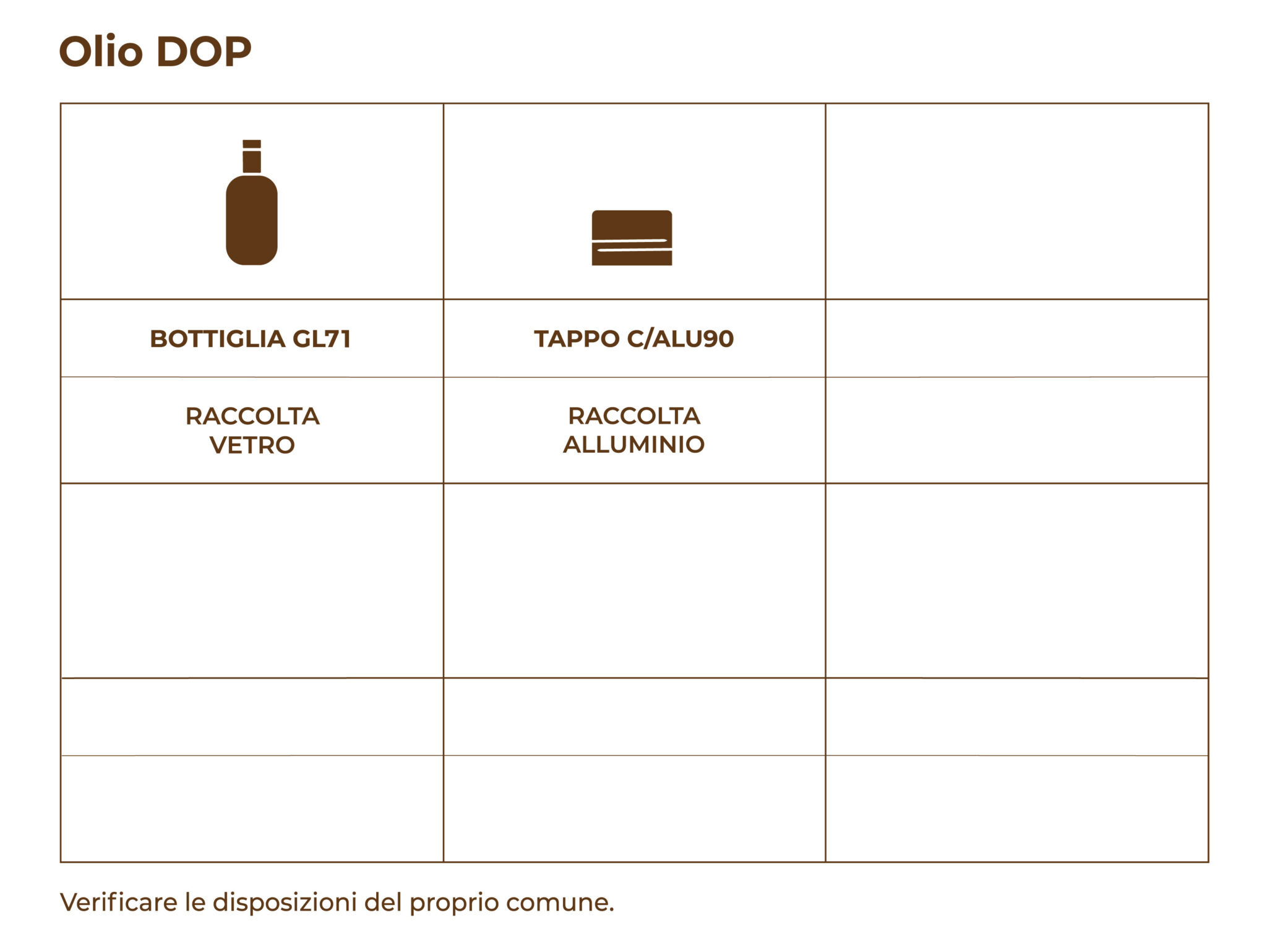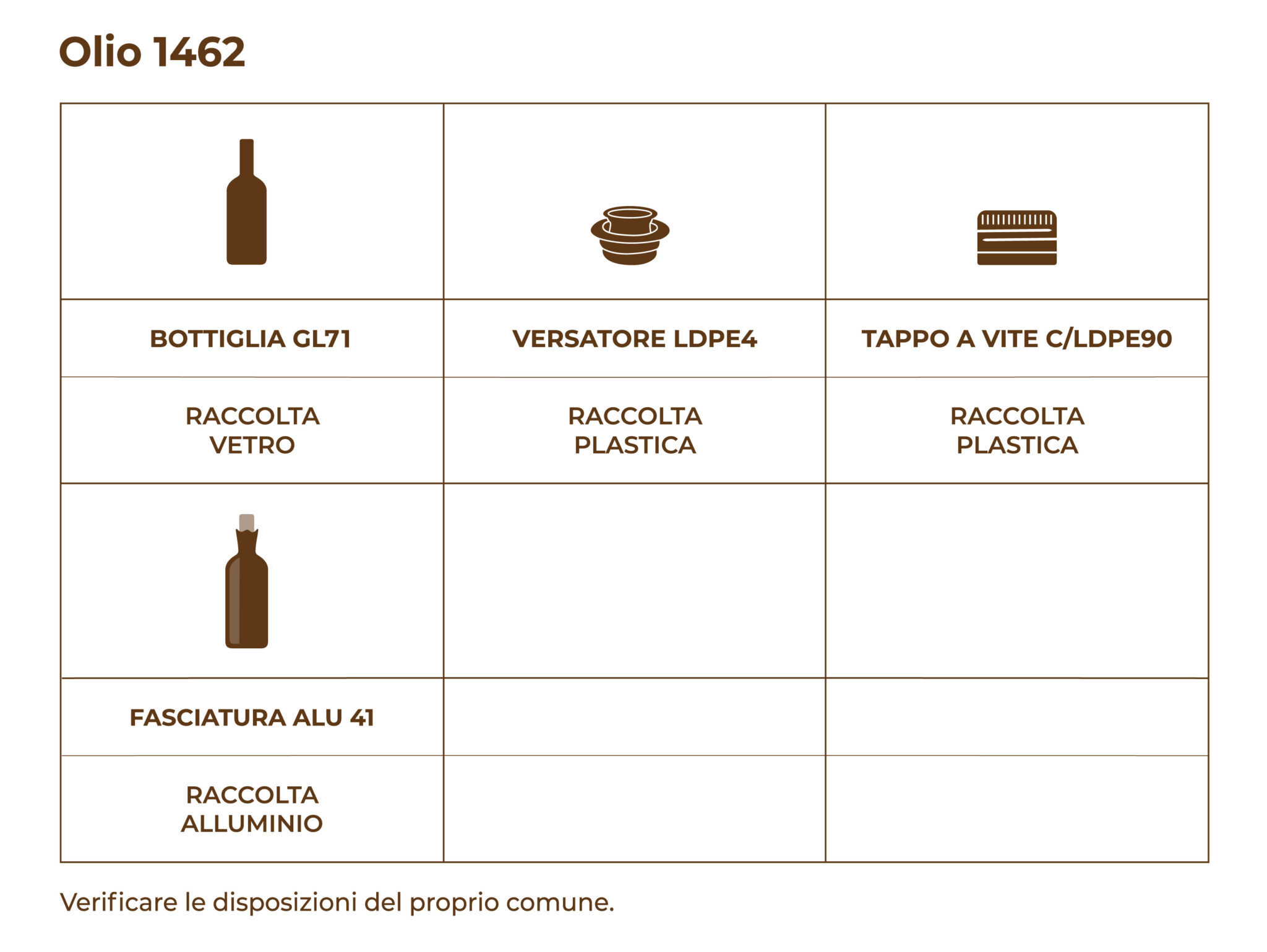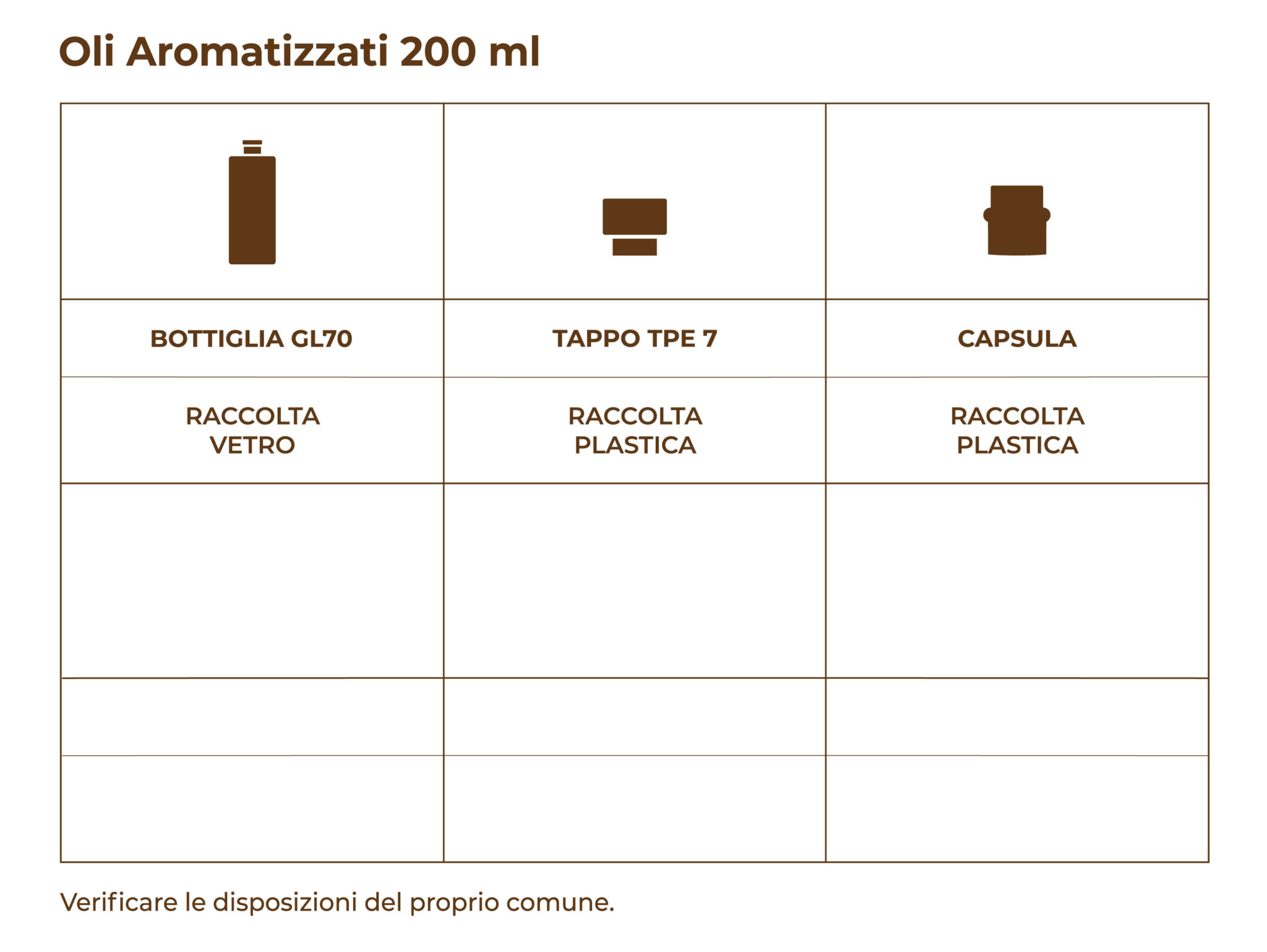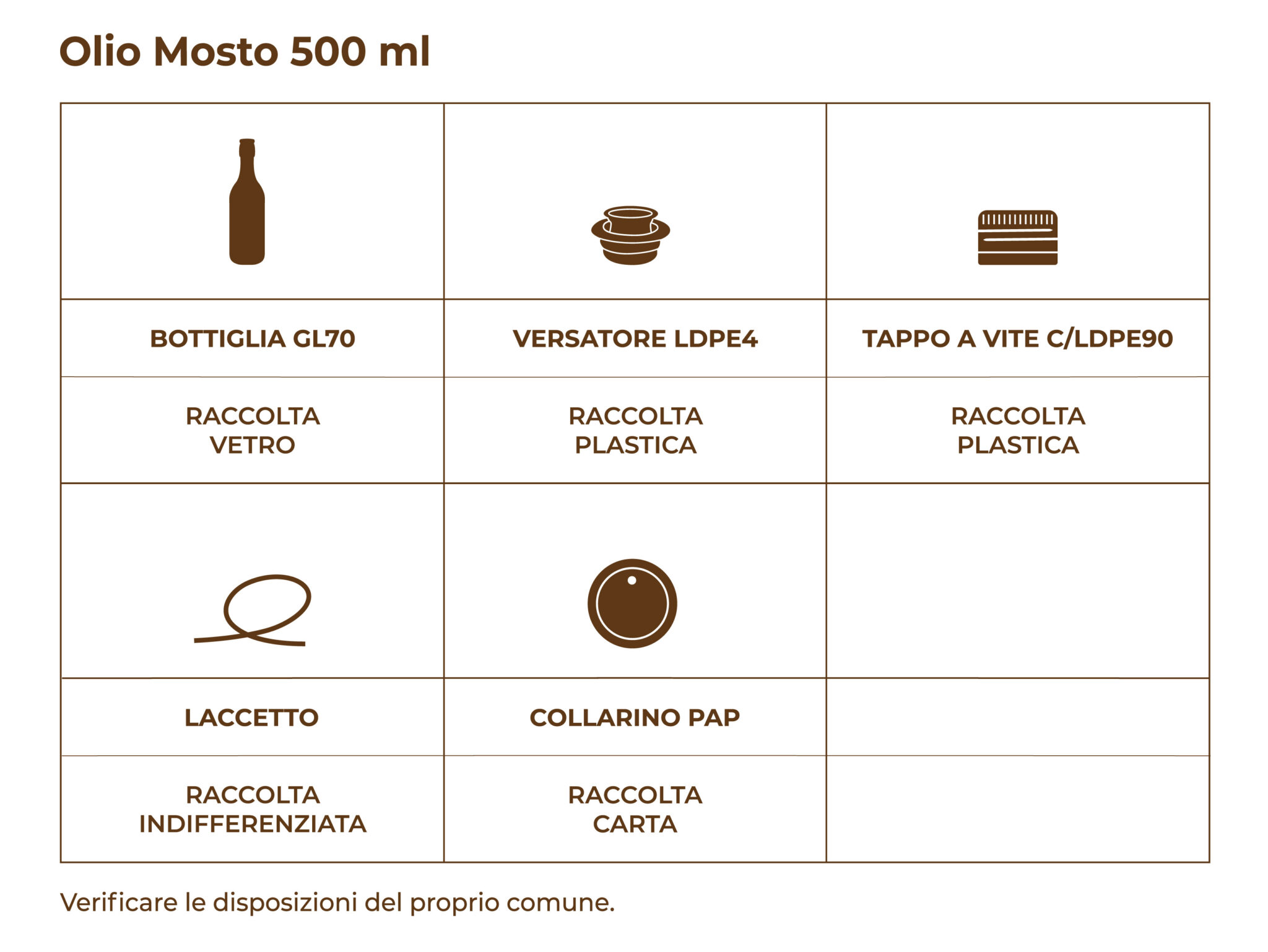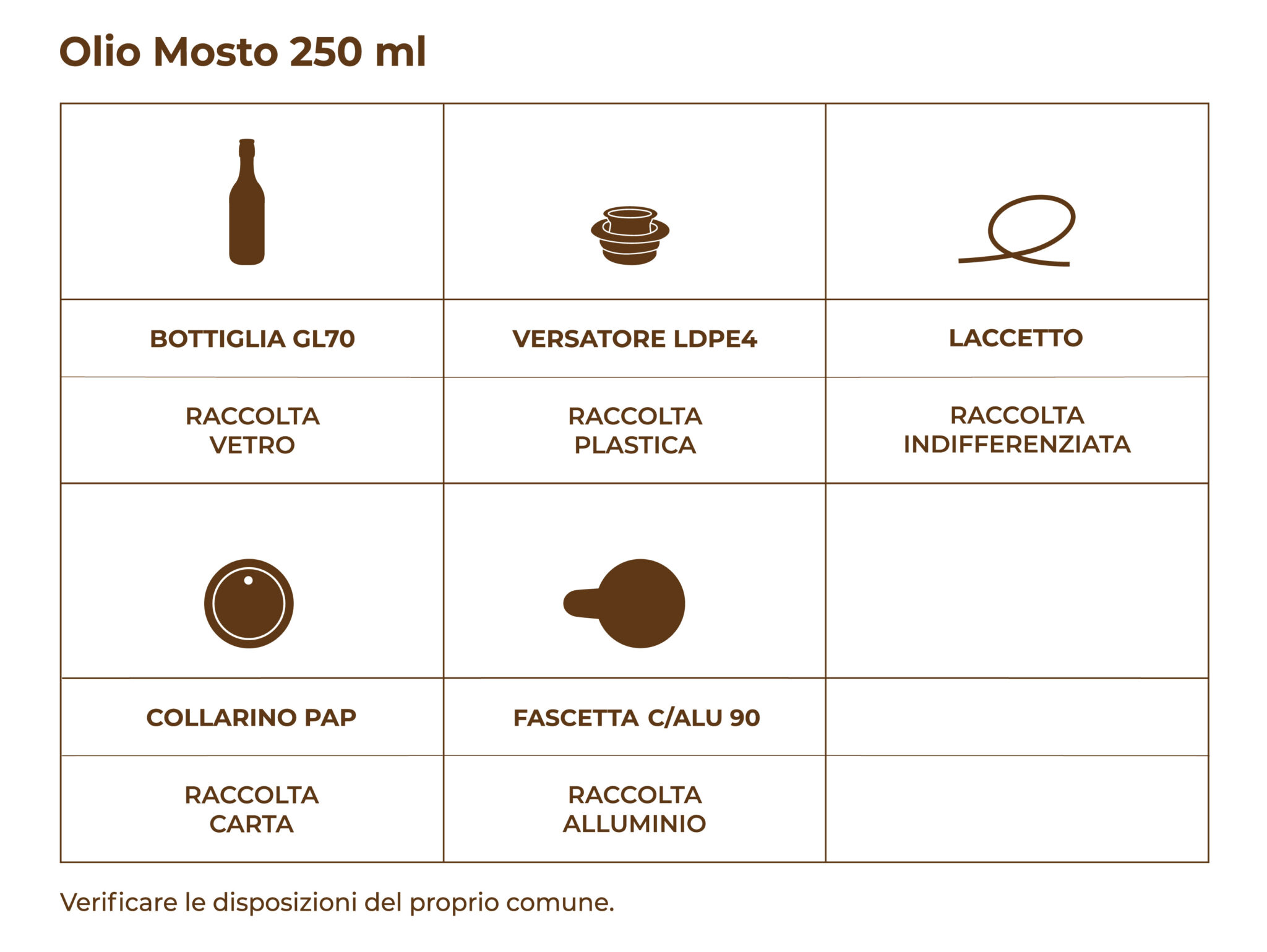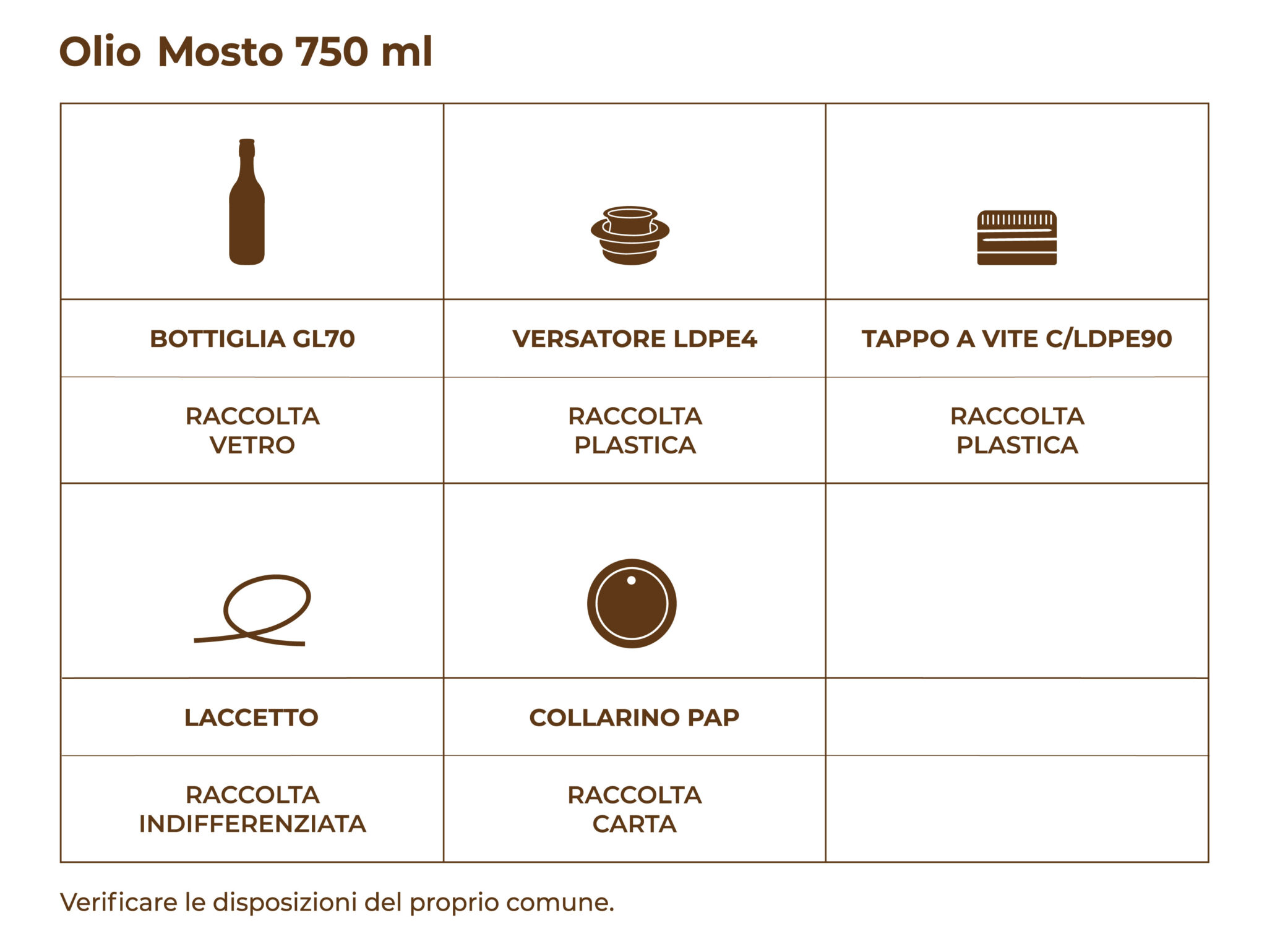Genoese pesto is a cold sauce made from basil, an aromatic plant with a bright green color. The arrival of the summer season, when basil expresses all its goodness, is the best time to try your hand at the pesto recipe, with which you can make different fresh and tasty recipes. But how do you prepare Genoese pesto?
Genoese pesto recipe
The recipe is really simple and luckily you don’t have to be a professional chef to have a great pesto. However, there are some small precautions that it would be good to take to prepare a state of the art Genoese pesto.
The ingredients
The first secret is to use high quality raw materials, as required by the Consortium of Genoese pesto. Here are the ingredients you need to get to prepare a dose of pesto that allows you to season 500 grams of pasta, better if we are talking about trofie:
50 grams of DOP Genoese basil. The basil must be Ligurian, now also thanks to the large distribution it is very easy to get it. It is very important that it is Ligurian because the microclimate of Liguria gives basil unique characteristics in terms of aroma.
50 ml of extra virgin olive oil. Our extra virgin olive oil 1462 will be ideal because it has a more delicate taste, which will enhance the flavors without altering them. All the different Divizia extra virgin olive oils are also suitable for the preparation of pesto.
35 grams of Parmigiano Reggiano DOP or Grana Padano
15 grams of Pecorino DOP Fiore Sardo
2 cloves of garlic, possibly from Vessalico (slow food presidium)
8 grams of Italian pine nuts
1 pinch of coarse salt
Let’s now see the 2 different procedures.
With the mortar
First of all, wash the basil leaves well by passing them under cold running water, place them on a clean cloth and wait for them to dry; in this phase it is necessary to proceed with care so as not to damage the delicate basil leaves, otherwise the risk is that they release a bitter taste and become dark.
Start pounding the garlic in the mortar and then add the pinch of coarse salt; continue until you get a real garlic cream.
At this point, add the pine nuts and crush them.
Now comes the most important phase, the union of the basil leaves. Join them a little at a time and start pounding them with not too decisive movements.
Now add the cheeses several times while continuing to beat.
Pour the extra virgin olive oil slowly, stirring until you get a nice cream. Pesto is ready!
With the blender
As already mentioned, heat is the enemy of pesto. So put the blender container (not the whole blender) and the blades in the fridge for a few hours or in the freezer for 10-15 minutes.
If we decide to use the blender we should put the ingredients in a precise order: first the basil, then the pine nuts, oil, salt and garlic. At this point you can start blending but several times, otherwise the pesto gets too hot and tends to blacken and have a bitter taste.
Last step: add the cheeses and mix them with the mixture, stirring with a spoon.
